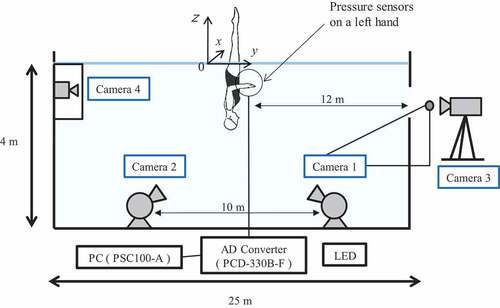Figures & data
Table 1. Characteristics of participants.
Figure 1. Flat sculling in the back-layout position (left) and support sculling in the vertical position (right).
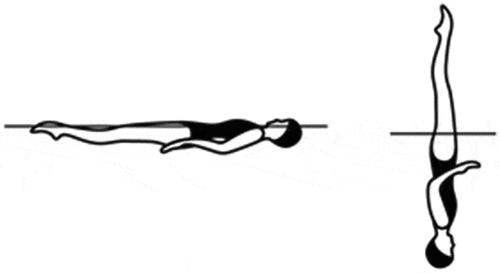
Figure 3. The hand area which is divided into three and the attachment position of the six pressure sensors on the palm side and the dorsal side.
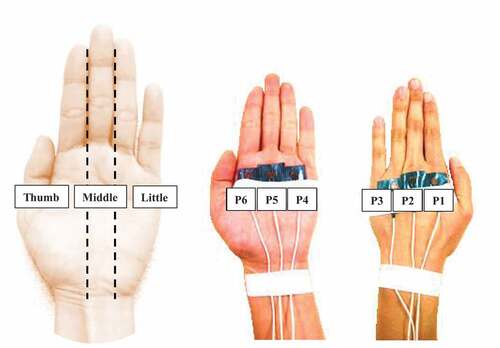
Figure 4. Definitions of the local coordinate system on a hand (a) and a definition of the angle of attack, various components of the fore (b).
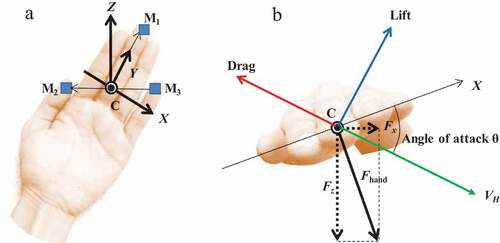
Table 2. Sculling time, velocity and attack angle for flat sculling and support sculling.
Figure 5. Changes in hand moving velocity (a), angle of attack (b), movement locus of the origin of a hand (c), resultant force: Fhand (d) and three-direction component of force: Fx, y, z (e) during flat sculling for swimmer G.
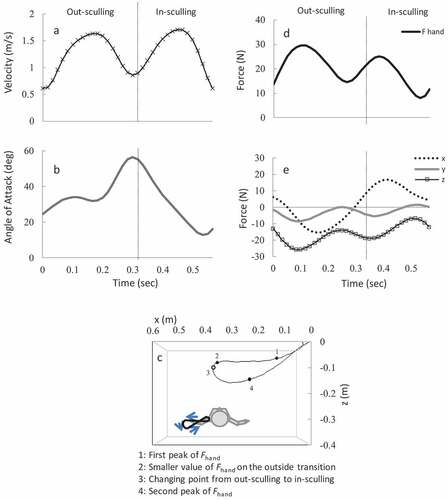
Figure 6. Changes in hand moving velocity (a), angle of attack (b), movement locus of the origin of a hand (c), resultant force: Fhand (d) and three-direction component of force: Fx,y,z (e) during support sculling for swimmer C.
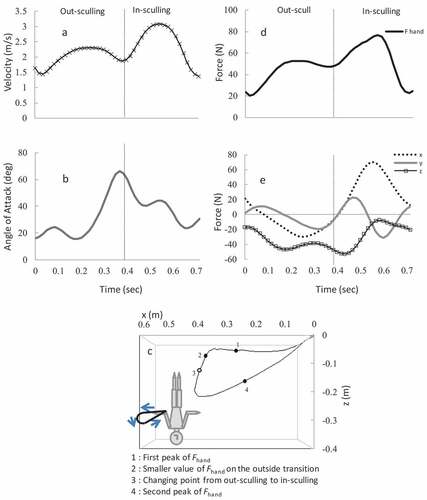
Table 3. The maximum, minimum, mean, and impulse of Fhand and Fz for flat sculling and support sculling.

